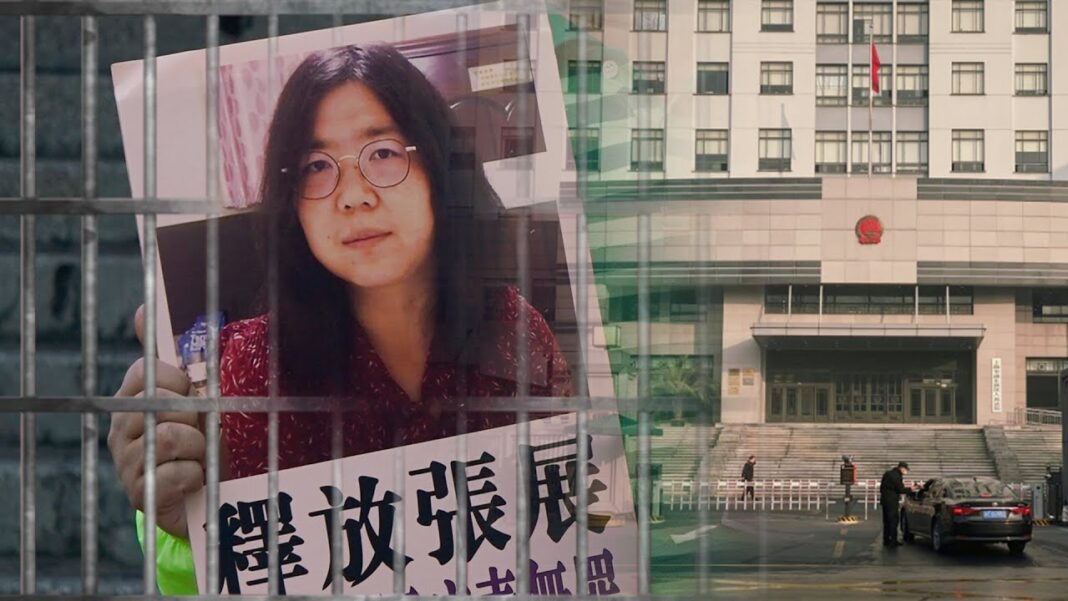While chlorine and other disinfectants keep tap water free of deadly pathogens, their chemical byproducts carry uncertain risks.
In the United States, 90 percent of Americans get the water they need from public drinking water systems that harbor disinfection byproducts, most of which are unregulated and understudied.
Disinfection byproducts form as a result of chemical treatments that water companies use to keep water free of dangerous pathogens. Some byproducts may increase the risk of cancer.
In the United States, the Environmental Protection Agency (EPA) currently regulates four categories of disinfection byproducts for safety. However, researchers believe there may be hundreds—if not thousands—of unregulated byproducts lurking in the tap water that millions of people drink. The health effects of those chemicals are largely unknown.
There are simple steps people can take at home to minimize these potentially harmful regulated and unregulated byproducts in their water.
Sourcing Public Drinking Water
In larger cities, water treatment plants typically pull water from surface water sources such as lakes, rivers, or reservoirs; groundwater; or a combination of both. Small towns tend to source drinking water from groundwater.
The U.S. Geological Survey estimated that in 2015, 70 percent of water used in the United States came from surface water sources, and 30 percent came from groundwater.
Some locations may use recycled water, which comes from municipal wastewater, stormwater, or agricultural runoff.
Treating Public Drinking Water
Regardless of where it comes from, water supplied to the public goes through several treatment processes involving the addition of chemicals to remove small particles and filtration to ensure it is safe to drink.
During the treatment process, water companies must strike a balance. They must add sufficient chemicals to the water to ensure safety, without exceeding EPA limits for treatment chemicals and their byproducts.
This process involves several steps, including:
- Coagulation: Adding chemicals such as salts, iron, or aluminum to bind small particles.
- Flocculation: Mixing the water to help particles form larger clumps, sometimes with the addition of other chemicals.
- Sedimentation: Allowing large, heavy clumps to settle to the bottom of storage containers.
- Filtration: Passing the remaining clear water through several filters to remove residual particles, parasites, bacteria, and viruses. Some water treatment plants may use reverse osmosis, especially when treating recycled water.
- Disinfection: Using chemicals such as chlorine or chloramine to kill harmful germs and prevent waterborne illnesses such as cholera and typhoid.
While some treatment plants may use ultraviolet (UV) light or ozone during this step, disinfection chemicals are necessary because they continue to kill pathogens as the water travels to people’s homes. UV and ozone alone cannot provide that protection.








